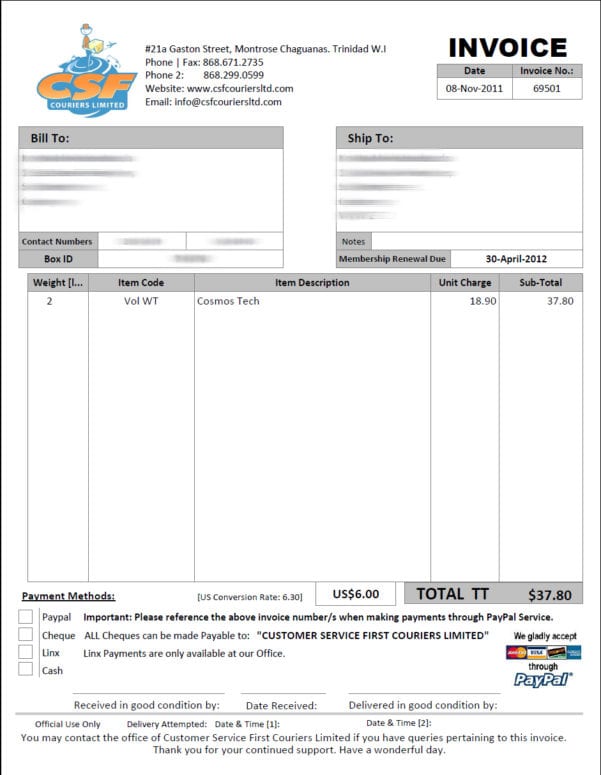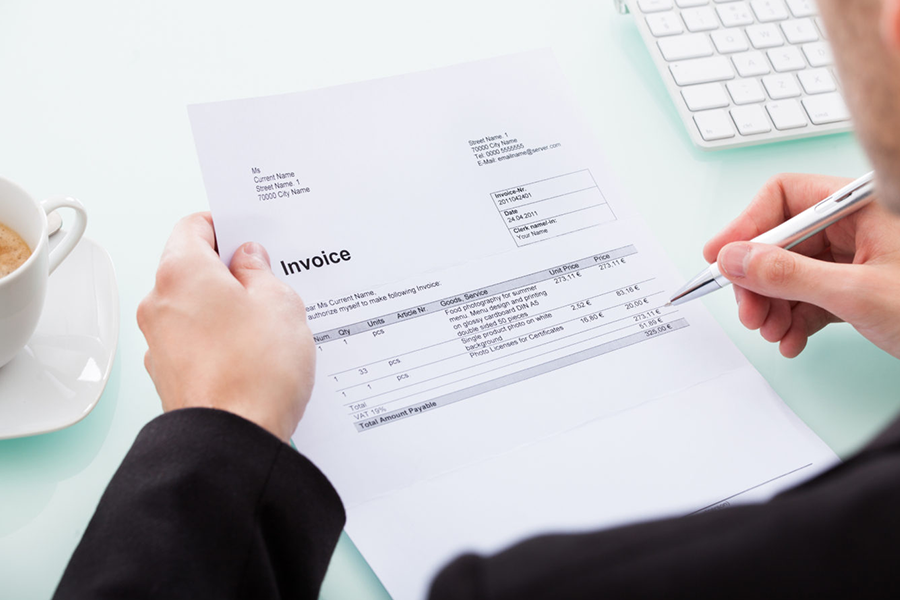
If you are using confidential factoring, then you may also want or need to use Customer Handles Own Credit Control (CHOCC) factoring. This essentially means that the customer is not made aware that they are dealing with a factoring company but may still figure it out. This meant it was obvious to the customer that their supplier was using invoice finance. In a traditional factoring scenario, the customer pays the factoring company directly.
#Factoring invoices plus
This is effectively invoice factoring plus insurance and hence carries an additional cost. If you want to avoid this, use non-recourse factoring. For example, if the factoring company has to pursue customers for payment, they may well charge extra fees for this extra service.Īlso keep in mind that, by default, you are required to repay the factoring company if an invoice ends up having to be written off. When doing these sums, make sure to consider all the potential add-on costs of invoice factoring. The choice will then boil down to costs and convenience. If they can’t, then your choice is likely to be between using invoice finance and using some other form of financing. If they can, then sorting out your business processes is likely to be far more economical than invoice factoring. In a nutshell, you need to assess honestly whether or not your payment issues can be resolved by changes on your side. Whether or not this cost is justified depends greatly on your situation. Essentially, you’re paying for convenience (particularly speed). The obvious disadvantage of invoice factoring is the factoring company’s fee.

While invoice finance can be very useful, it can also have its drawbacks. In fact, they will probably have staff trained to manage credit control both ethically and legally. In addition to managing slow-paying customers, using invoice finance can spare SMEs the work of dealing with late-paying customers. Invoice finance is a way for companies to extend the payment terms they offer to their customers while still getting quick payment themselves. When the end customer makes payment, the factoring company deducts its fee and then sends the remainder of the money to John and Jane Smith Ltd. The factoring company provides 80% of the value of the invoice up front. It, therefore, decides to use invoice finance instead.Įach time John and Jane Smith Ltd invoices its customers, it sends the invoices to a third-party factoring company. This means that it would be hard for the company to access regular business finance products such as bank loans.

Likewise, it doesn’t have much of a credit history. Typically, it wants to be paid within a month.Īs John and Jane Smith Ltd is a relatively young company, it doesn’t have a lot of cash reserves. Unfortunately, the supplier John and Jane Smith Ltd uses has much shorter payment terms. It’s therefore quite common for them to have to wait three months for their clients to pay their invoices. John and Jane Smith Ltd operates in an industry where it’s standard to offer long payment terms. It will not, however, build a business’s credit score in the same way as using true credit does. Invoice factoring can be used as an alternative to maintaining a line of credit (e.g. It is also known as debt factoring and invoice finance. Invoice factoring is the practice of selling invoices to a third party at a discount.


 0 kommentar(er)
0 kommentar(er)
